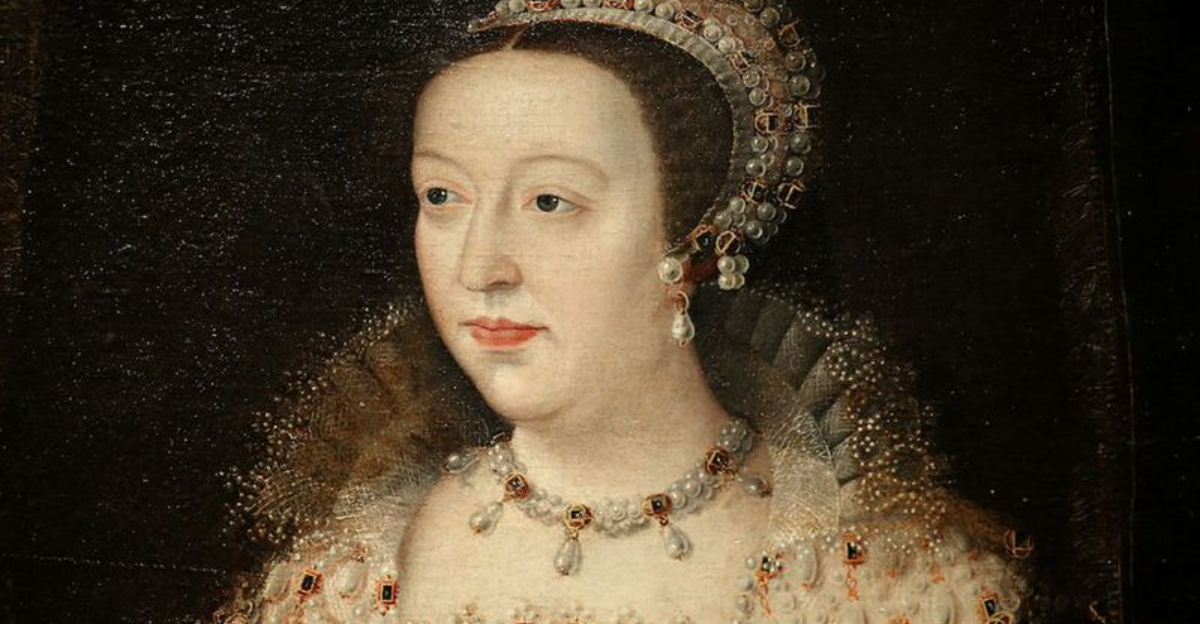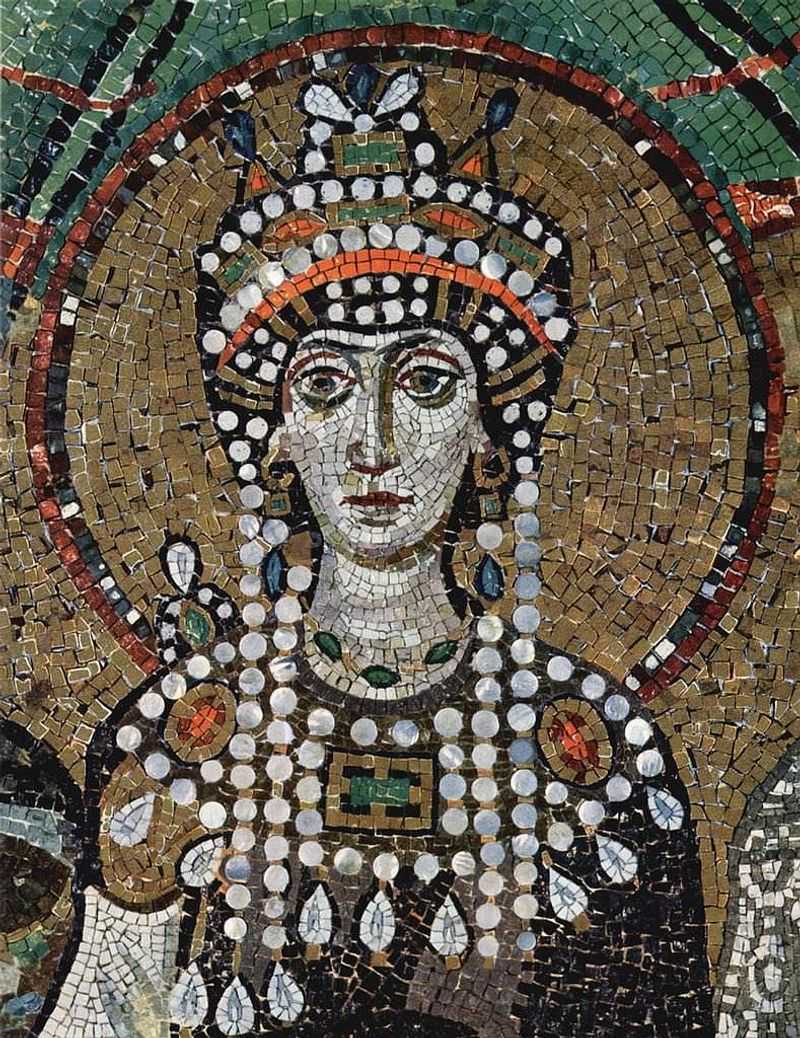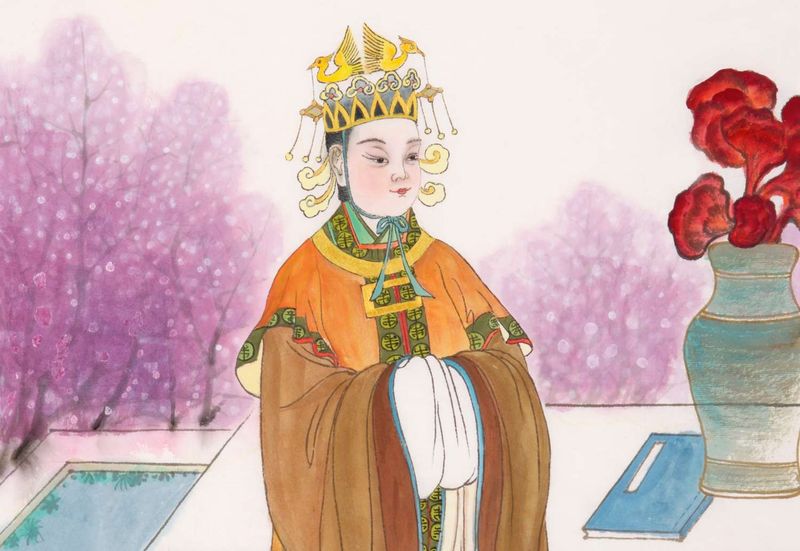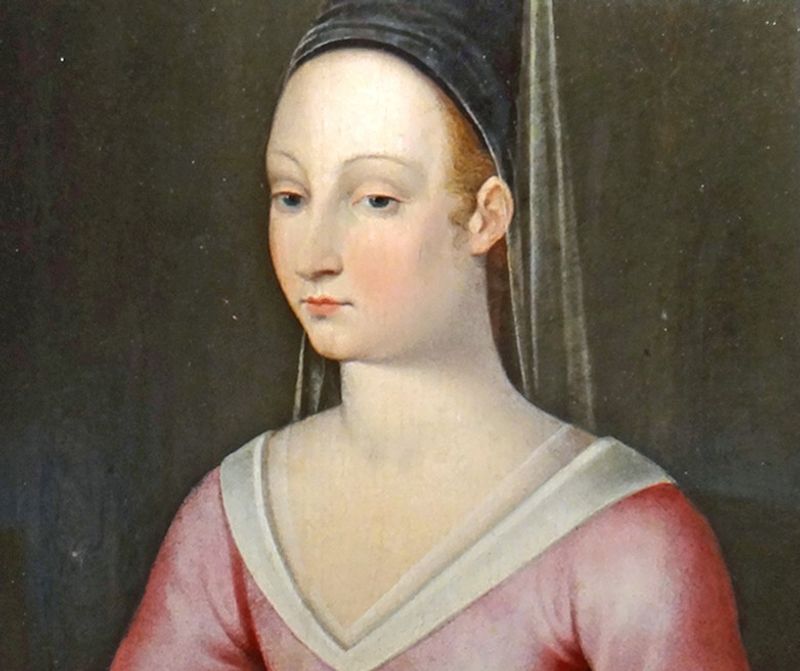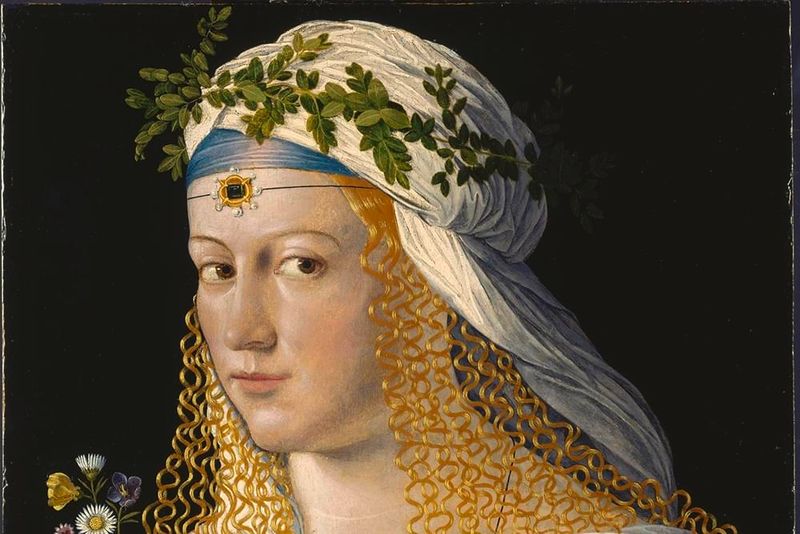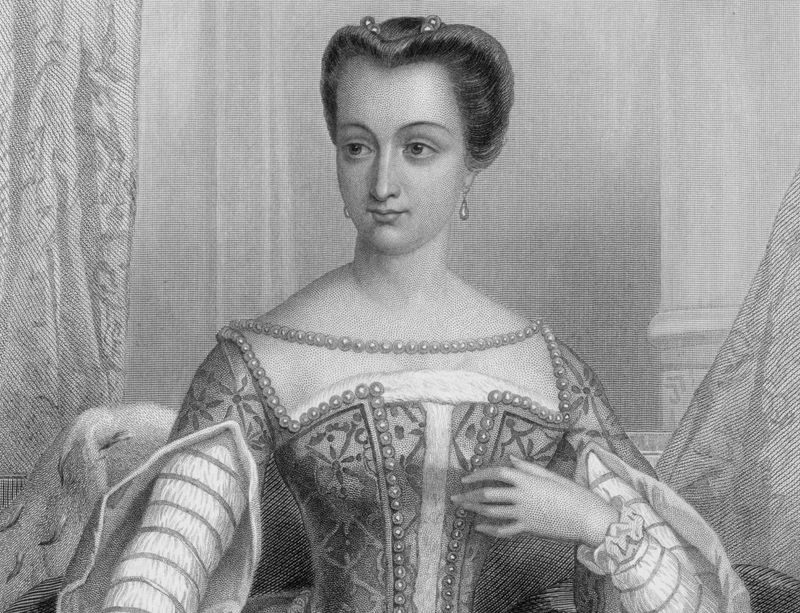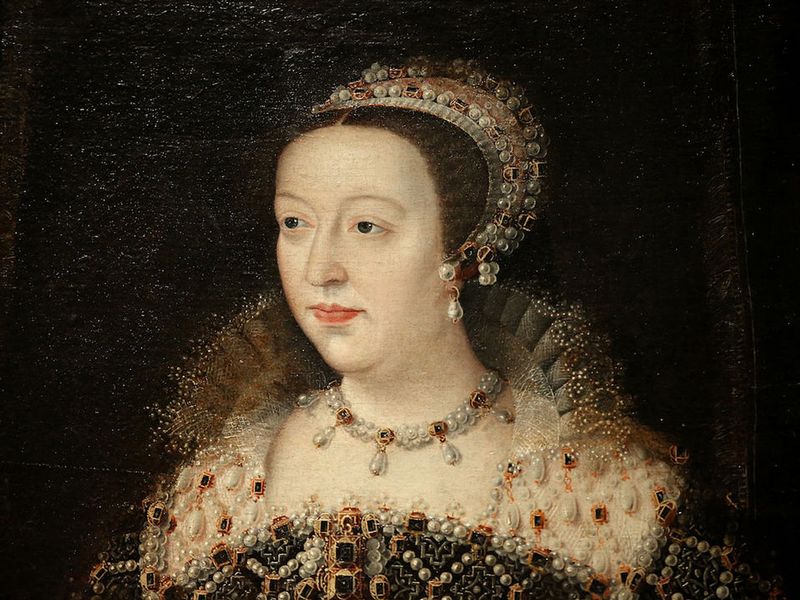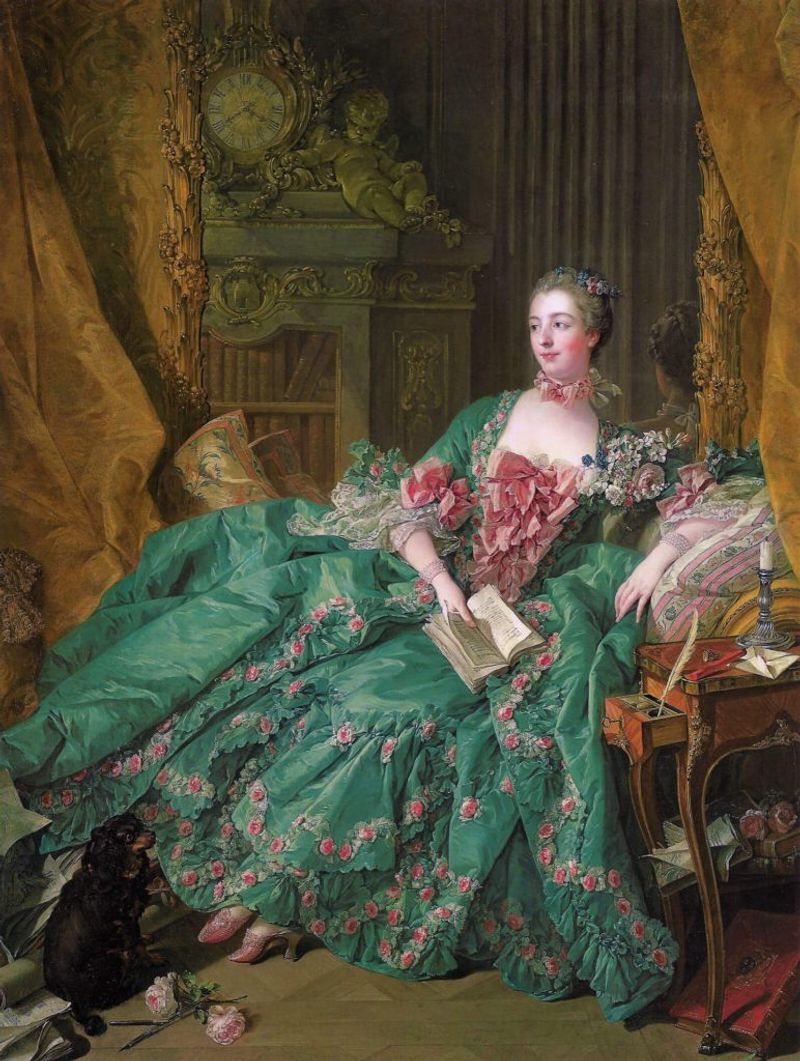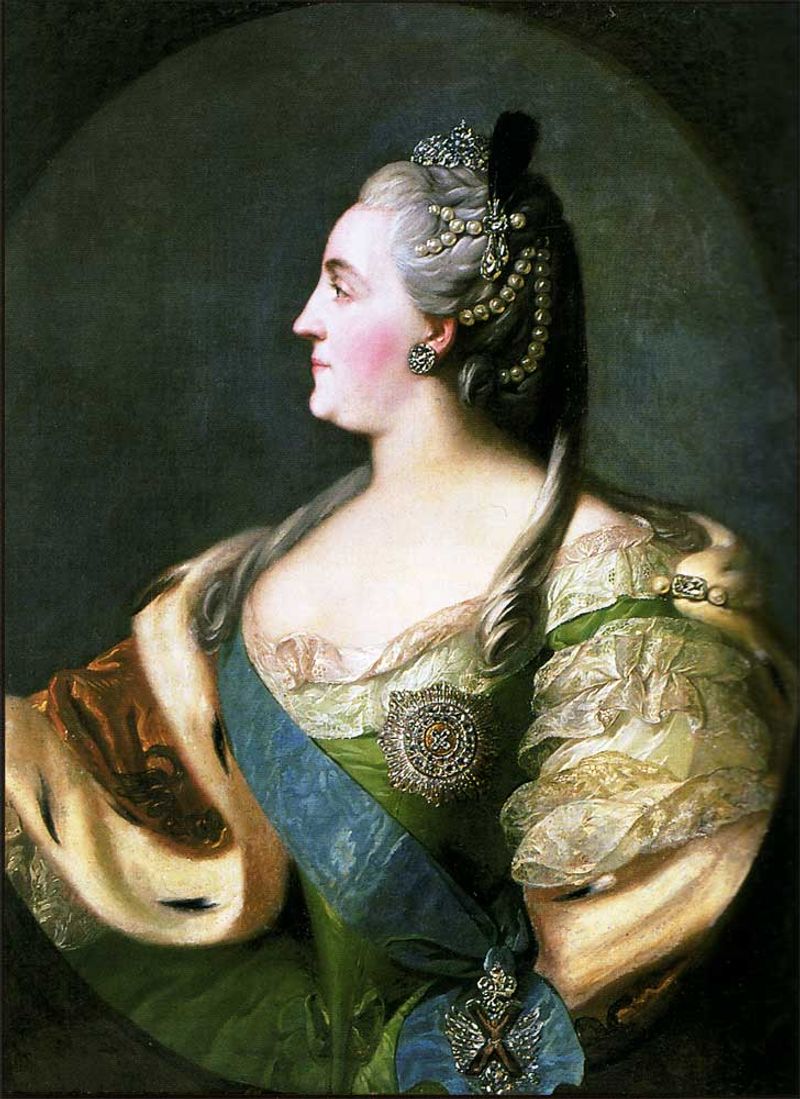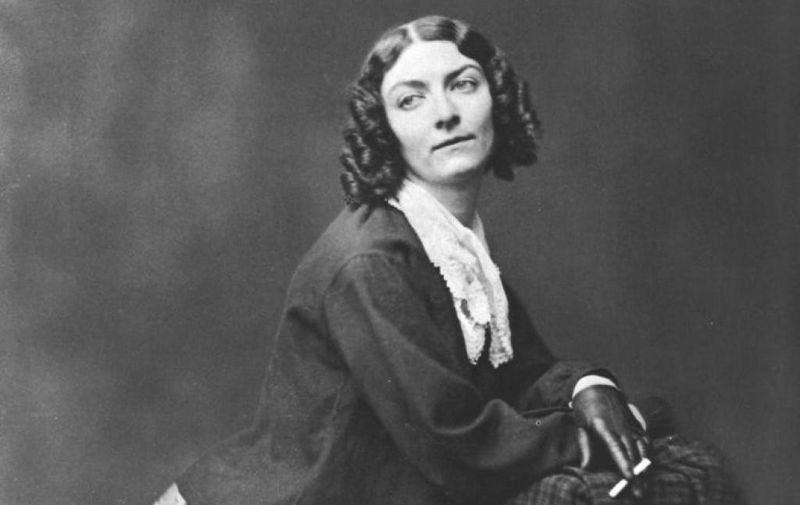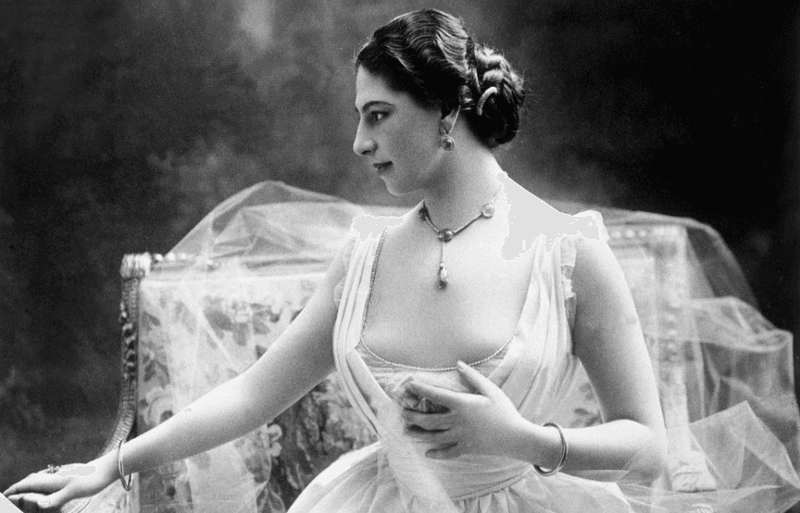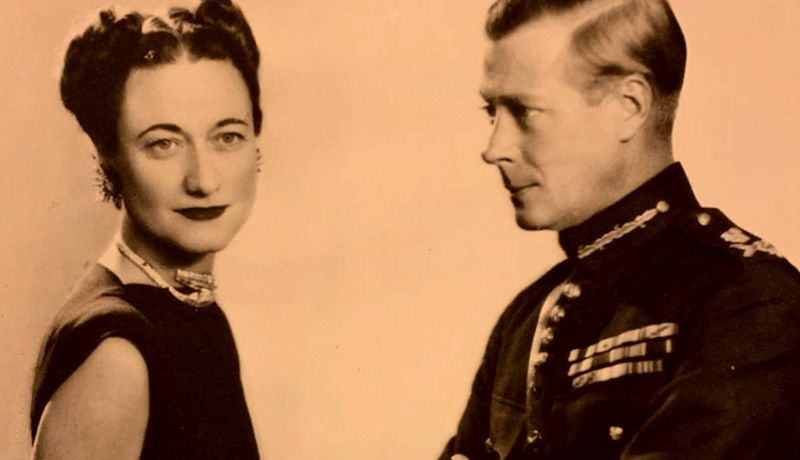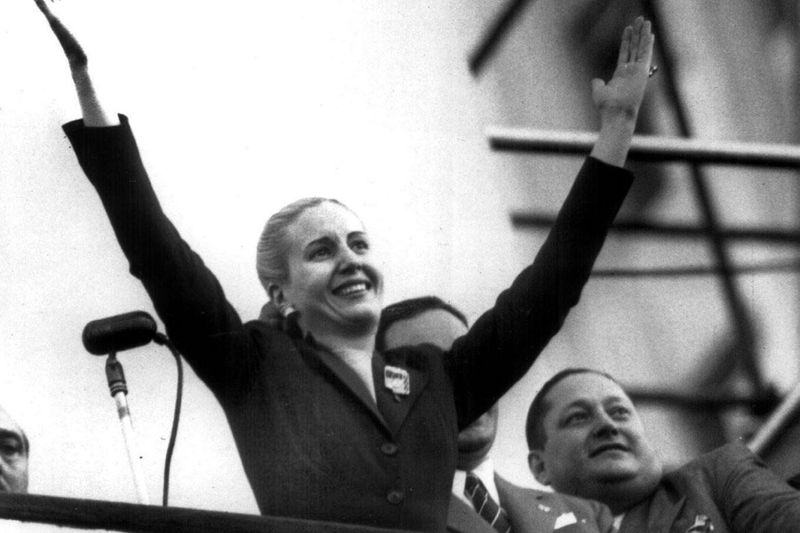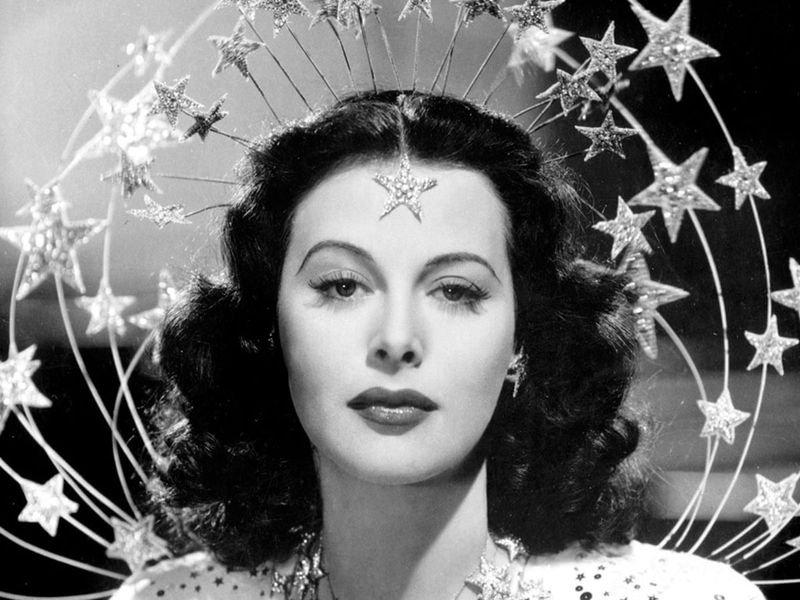Throughout history, many women have used their charm, intelligence, and strategic relationships to ascend to power. These bold figures were not merely seductresses but also political strategists, reformers, and leaders who left indelible marks on history. Their stories reveal a mix of allure and ambition, often defying the norms of their eras to shape the world around them.
1. Cleopatra VII
Cleopatra VII, the last active ruler of Ptolemaic Egypt, was known for her political acumen and captivating presence. She formed alliances with some of Rome’s most powerful men, including Julius Caesar and Mark Antony. Her intelligence, multilingualism, and strategic marriages were as vital as her celebrated beauty. Cleopatra’s reign saw Egypt maintain its independence amidst the expanding Roman Empire. Her life, filled with drama and romance, remains a symbol of intrigue and power in history. Cleopatra’s legacy endures as one of the most fascinating figures from ancient times.
2. Empress Theodora
Rising from humble beginnings as an actress and courtesan, Empress Theodora became a key political figure in the Byzantine Empire. As co-ruler with Emperor Justinian I, she championed women’s rights and supported critical legal reforms. Theodora played a crucial role during the Nika riots, helping to stabilize the empire. Her influence extended beyond politics, as she endeavored to improve the welfare of women and the poor. Theodora’s life exemplifies a remarkable transformation from performer to empress, leaving a legacy of strength and resilience.
3. Wu Zetian
Wu Zetian, the only female emperor of China, rose from a concubine to the ruler of the Tang Dynasty. Her ascent to power involved strategic alliances and decisive actions, often marked by ruthlessness. Wu Zetian expanded China’s empire and promoted a meritocratic government, challenging traditional gender roles. Her reign is noted for significant cultural and economic development. Wu’s leadership style was a blend of strength and intelligence, ensuring her place as one of China’s most formidable rulers. Her story remains a testament to ambition and innovation in leadership.
4. Agnès Sorel
Agnès Sorel, the first officially recognized royal mistress in French history, held significant sway over King Charles VII. She was known for her beauty and keen political insight, which she used to influence court fashions and politics. Agnès’ untimely death led to rumors of poisoning, adding a layer of mystery to her story. Her presence at court marked a shift in how women could wield power and influence. Sorel’s allure and sharp intelligence made her a pivotal figure in shaping the French court’s direction during her time.
5. Lucrezia Borgia
Lucrezia Borgia, often surrounded by scandalous tales, was a Renaissance noblewoman entangled in her family’s political ambitions. Known for her marriages to powerful men, she was more likely a pawn than a mastermind. Her life was shrouded in rumors of poisonings and seduction, though historical evidence suggests a more nuanced figure. Lucrezia managed to secure her position and influence within the volatile Italian politics of her era. Her legacy, marked by intrigue and power struggles, continues to evoke fascination and debate among historians and the public.
6. Diane de Poitiers
Diane de Poitiers, the influential mistress of King Henry II of France, was a dominant figure at court despite being 20 years his senior. Her beauty and intellect allowed her to control patronage and policy, effectively ruling alongside the king until his death. Diane’s influence extended into the arts and architecture, leaving a lasting cultural impact. She skillfully navigated the complexities of court life, maintaining her power and respect. Diane’s story is one of enduring influence, showcasing how intelligence and charm can shape history.
7. Catherine de’ Medici
Catherine de’ Medici, a formidable political figure, was instrumental in orchestrating alliances through marriage. Though not a seductress herself, she strategically utilized her ladies-in-waiting, known as the “Flying Squadron,” to gather intelligence. Catherine navigated the turbulent waters of French politics, ensuring her family’s legacy. Her reign witnessed pivotal events like the St. Bartholomew’s Day Massacre. Catherine’s cunning and diplomatic skills cemented her reputation as a masterful leader in a male-dominated world. Her legacy is one of strategic brilliance, marked by her ability to wield power effectively.
8. Mary Boleyn
Mary Boleyn, often overshadowed by her sister Anne, was a central figure in the English court. Her affairs with King Henry VIII and possibly King Francis I of France positioned the Boleyn family for influence. While her sister became queen, Mary’s liaisons paved early paths to power. Unlike Anne, Mary’s story is less tragic, marked by quieter strength and adaptability. Her life reflects the complex dynamics of courtly love and ambition. Despite her lesser-known role, Mary’s charm and connections were significant in the Tudor era’s political tapestry.
9. Madame de Pompadour
Madame de Pompadour, the influential mistress of Louis XV, was more than just a lover—she was a political strategist and arts patron. Her charm and wit secured her a prominent place at court, where she advised the king on matters of state. Pompadour’s legacy includes fostering the arts and architecture, leaving an indelible mark on French culture. Her ability to navigate court politics with grace and intelligence made her an enduring figure in history. Pompadour’s story showcases the power of intellect and charisma in shaping a nation’s cultural and political landscape.
10. Catherine the Great
Catherine the Great, Empress of Russia, was renowned for her comprehensive reforms and enlightened rule. Despite rumors about her personal life, Catherine’s relationships with influential figures like Grigory Potemkin strengthened her reign. She expanded the Russian Empire and promoted education and the arts. Catherine’s intellect and vision for Russia transformed it into a major European power. Her reign is characterized by significant cultural and territorial advancements, highlighting her as a leader of extraordinary ability and foresight. Catherine’s story remains a testament to visionary leadership and reform.
11. Lola Montez
Lola Montez, born Eliza Rosanna Gilbert, captivated audiences and monarchs alike with her dance and charm. As the mistress of King Ludwig I of Bavaria, she influenced political decisions until political upheaval forced her to flee. Lola’s life was a whirlwind of performance and controversy, marked by her rebellious spirit and dramatic flair. Her impact on Ludwig’s reign was significant, showcasing how charisma and audacity can alter history. Lola’s adventures continued across continents, making her a symbol of independence and defiance in the face of societal norms.
12. Mata Hari
Mata Hari, born Margaretha Zelle, became famous as an exotic dancer and courtesan. Her life took a dramatic turn during World War I when she was accused of espionage and executed by the French. While her role as a spy remains debated, her story is filled with mystery and allure. Mata Hari’s life reflects the precarious balance between performance and reality, embodying the archetype of the femme fatale. Her legacy is one of intrigue, symbolizing the complex interplay of identity and politics during wartime.
13. Wallis Simpson
Wallis Simpson, an American divorcee, captivated King Edward VIII, leading to his abdication in 1936. Her relationship with Edward challenged royal conventions, reshaping the British monarchy’s modern image. Despite being vilified by some, Wallis’s influence over Edward was undeniable, demonstrating the power of love and persuasion. Her life was marked by controversy and glamour, reflecting the changing dynamics of royalty in the 20th century. Wallis Simpson’s story highlights the profound impact of personal relationships on public roles, redefining what it means to be part of a royal family.
14. Eva Perón
Eva Perón, affectionately known as “Evita,” rose from humble beginnings to become Argentina’s First Lady. Her charisma and dedication to social causes endeared her to the working class. Eva wielded significant influence over her husband, Juan Perón, championing labor rights and women’s suffrage. Critics accused her of using charm for power, but her impact on Argentine society was profound. Eva’s legacy is a blend of compassion and controversy, illustrating her role as a political and cultural icon. Her story continues to inspire debates about power and influence in leadership.
15. Hedy Lamarr
Hedy Lamarr, famed Hollywood star and brilliant inventor, navigated the film industry with both beauty and intellect. She co-developed frequency-hopping technology, a precursor to Wi-Fi and GPS. Escaping an oppressive marriage, Hedy used her allure to advance her career while her inventions left a lasting impact on technology. Her dual legacy in entertainment and science underscores her multifaceted genius. Hedy’s life story challenges stereotypes, highlighting the intersection of creativity and innovation. Her contributions to both film and technology remain influential, proving that beauty and brains can indeed coexist.
16. Anna Chapman
Anna Chapman, known as a glamorous Russian spy, was exposed in the United States in 2010. Her charm and connections in social circles were tools for gathering intelligence. Anna’s arrest and subsequent deportation revealed the ongoing complexities of modern espionage. Her story is one of intrigue and adaptability, showcasing the evolving nature of intelligence work. While her career as a spy was short-lived, Anna’s persona captured the imagination of the public, reflecting the timeless allure and danger associated with espionage. Her tale continues to fascinate and provoke curiosity.
